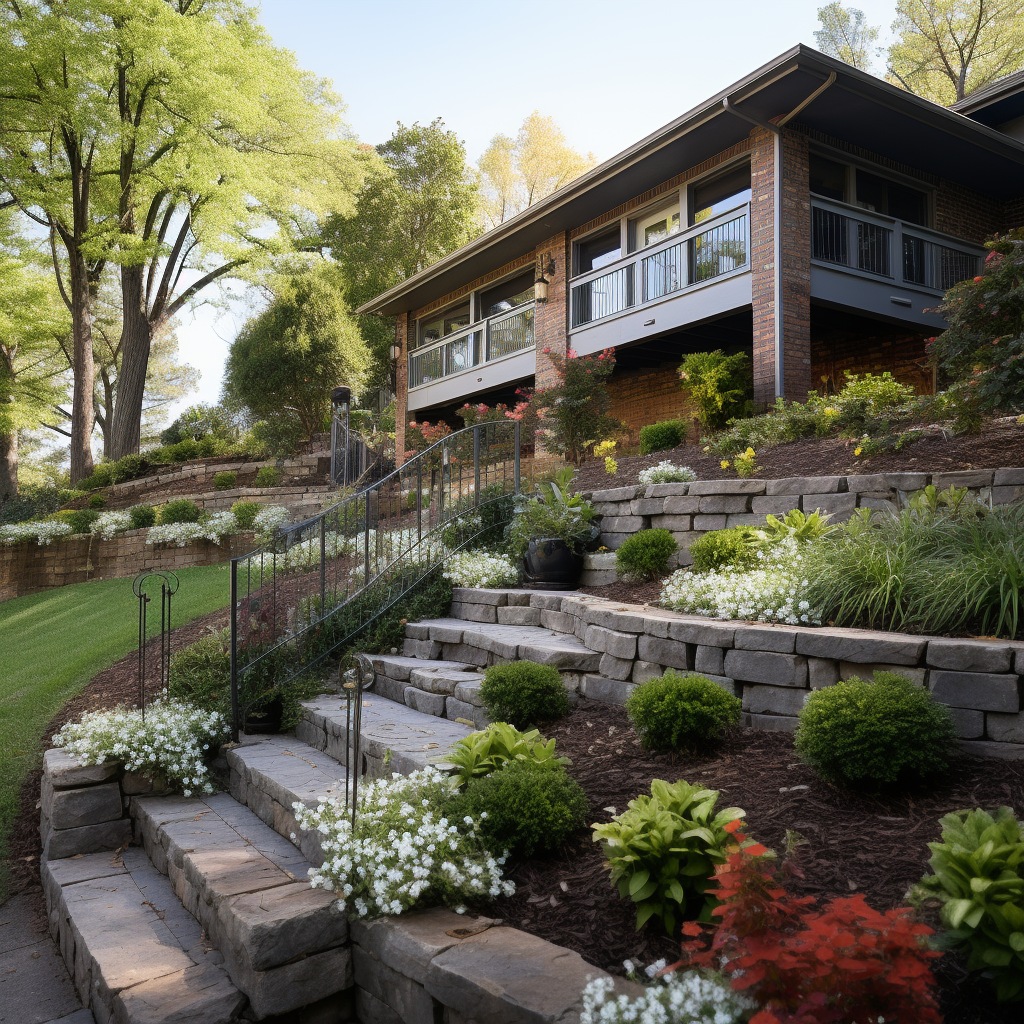Hilton Head Landscapes Fundamentals Explained
Hilton Head Landscapes Fundamentals Explained
Blog Article
Some Known Factual Statements About Hilton Head Landscapes
Table of ContentsIndicators on Hilton Head Landscapes You Need To KnowNot known Facts About Hilton Head LandscapesThe 45-Second Trick For Hilton Head LandscapesSome Known Details About Hilton Head Landscapes Getting The Hilton Head Landscapes To WorkNot known Details About Hilton Head Landscapes The Greatest Guide To Hilton Head Landscapes
Line creates all kinds and patterns and can be made use of in a selection of methods in the landscape. Line in the landscape is developed by the edge in between 2 products, the rundown or shape of a kind, or a long linear function. Lines are a powerful device for the designer because they can be utilized to produce an infinite variety of shapes and types, and they control motion of the eye and the body.

Lines can have several characteristics, such as those explained below, but they commonly serve different purposes. Figure 1. Lines in the landscape - landscapers in bluffton sc. The residential or commercial properties of lines figure out exactly how people reply to the landscape, both emotionally and literally. Straight lines are architectural and forceful; they produce a formal character, are typically related to an in proportion layout, and lead the eye directly to a focal factor.
Some Ideas on Hilton Head Landscapes You Should Know
Rounded lines develop a casual, natural, unwinded character that is linked extra with nature and unbalanced equilibrium. Bent lines relocate the eye at a slower speed and add secret to the space by creating covert views.
Upright lines in the landscape consist of tall, narrow plant material, such as trees, or high structures, such as an arbor or a bird home on a post. Horizontal lines relocate the eye along the ground airplane and can make an area really feel larger. Reduced lines are a lot more restrained and create a sensation of rest or repose.
Hilton Head Landscapes Can Be Fun For Everyone
Lines are additionally developed by the vertical types of developed features and plant product. There are 3 key line kinds that develop form in the landscape: bedlines, hardscape lines, and plant lines.
Bedlines attach plant material to your home and hardscape because the eye complies with the line, moving the stare via the landscape. Hardscape lines are developed by the side of the hardscape, which delineates the constructed framework. Line can likewise be produced by lengthy and slim materials, such as a fence or wall.
The Best Guide To Hilton Head Landscapes
Type is found in both hardscape and plants, and it is commonly the leading visual element that spatially organizes the landscape and often identifies the style of the garden. The type of frameworks, plant beds, and garden ornaments additionally establishes the overall kind style of the yard. Official, geometric forms include circles, squares, and polygons.
Plants develop kind in the garden with their lays out or silhouettes, yet form can additionally be defined by a gap or adverse space between plants - landscape design hilton head (https://www.blogtalkradio.com/stevenagonzales). Circles can be cycles, or they can be split right into fifty percent circles or circle segments and incorporated with lines to create arcs and tangents
The 3-Minute Rule for Hilton Head Landscapes
Circles are a solid design kind since the eye is constantly attracted to the center, which can be used to stress a focal point or link various other types. Round forms in hardscape and yard panels.
The square form can also be fractional and pre-owned consistently to produce a grid pattern. Unlike circles, squares are stronger on the brink, which can be aligned or overlapped to create one-of-a-kind patterns and more complicated types. Polygons are many-sided kinds with straight edges. Triangles, as an example, are three-sided polygons.
Meandering lines usually mimic the natural training course of their explanation rivers or streams and can be referred to as smooth lines with deeply bent undulations. Twisting lines (Figure 3) work well for pathways, plant bedlines, and completely dry stream beds. Meandering lines can add rate of interest and mystery to a yard by leading visitors around corners to uncover new views and areas.
What Does Hilton Head Landscapes Do?

Typical plant types are well established and standard, as type is the most regular and identifiable quality of plants. Type can likewise be produced with the massing of plants, where the general mass produces a different type than a specific plant.
A highly different form should be made use of with careone or 2 work well as a prime focus, yet a lot of create mayhem. All-natural plant forms, rather than over-trimmed kinds, need to develop the mass of the structure. The importance of overall type is basically depending on the seeing perspectivethe form of a tree can show up rather various to an individual standing under the canopy versus seeing the tree from a range in an open area.
Little Known Questions About Hilton Head Landscapes.
Plant kinds additionally produce and define the gap or open areas between the plants, creating either convex or concave kinds in the spaces. High-arching tree branches usually produce a concave open area under the branches, and a round cover with reduced branches loads the area to develop a convex form outdoors space under the tree.

Report this page